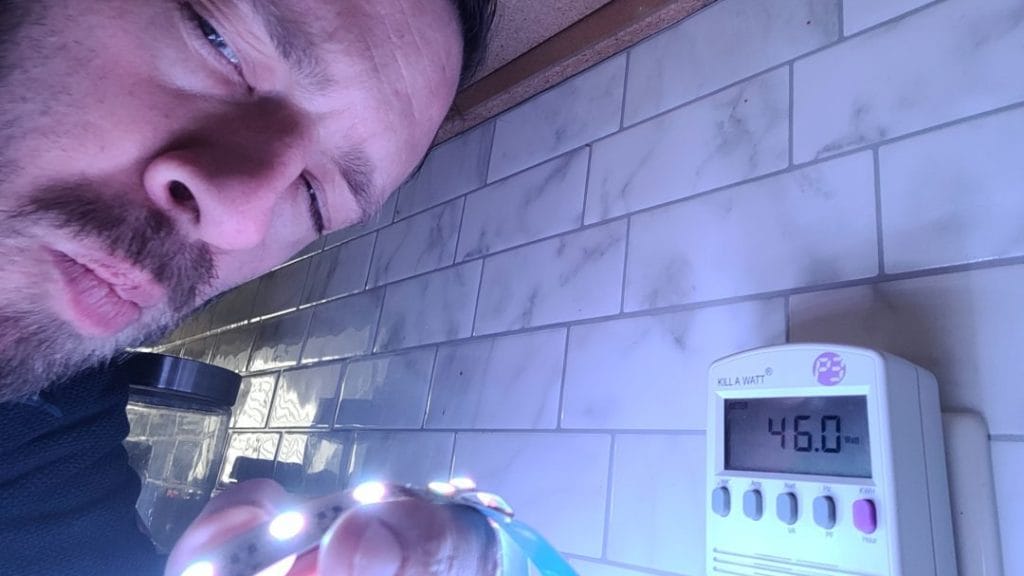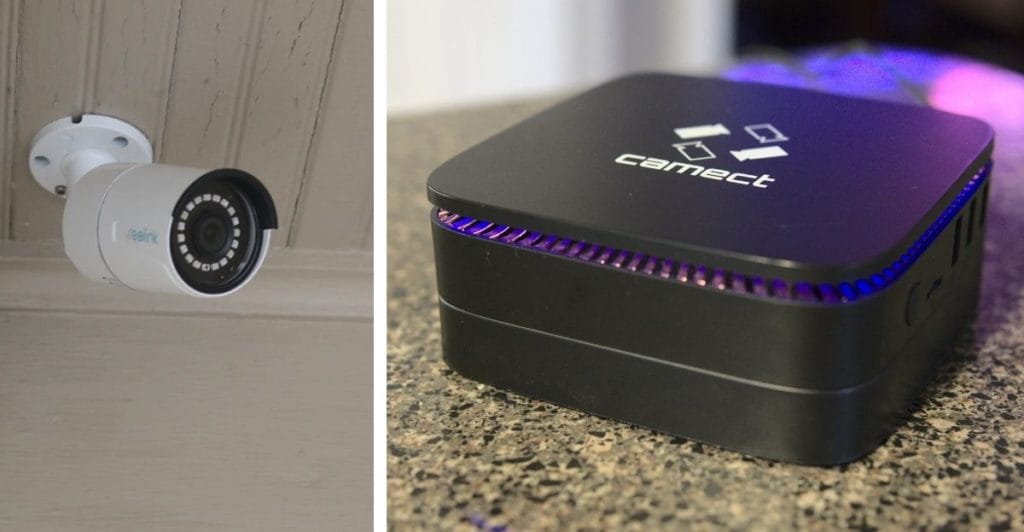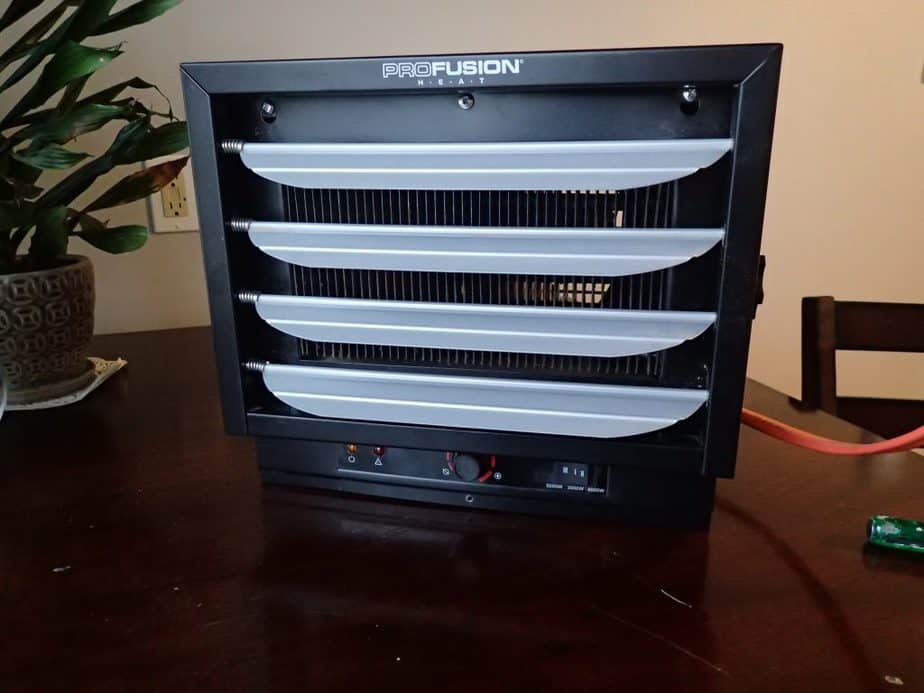How much power do LED strips really need? (maybe less than you think)
In order to purchase an appropriately sized power supply for your LED strip project, you need to determine how much power your strips will need. The obvious first step is to go to the LED strip’s product page and look up the energy usage for the LED strip. It’s usually listed as W/m (Watts per […]
How much power do LED strips really need? (maybe less than you think) Read More »




